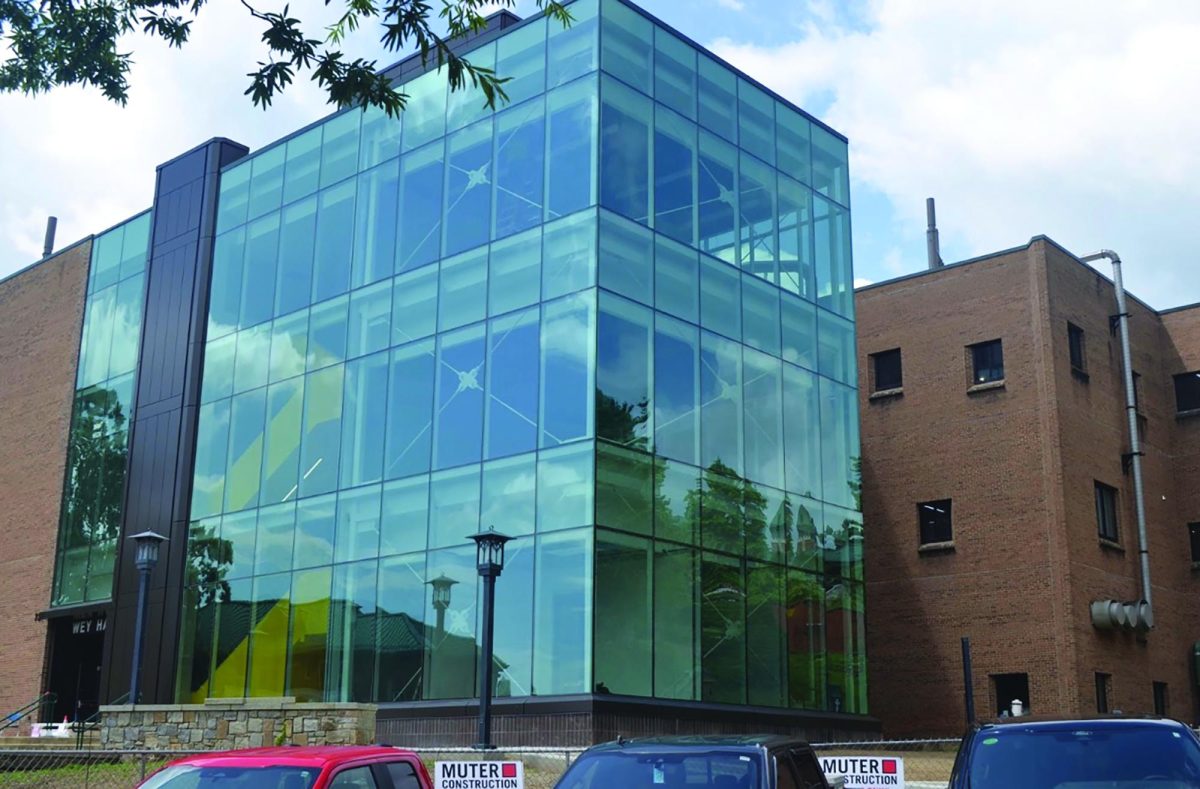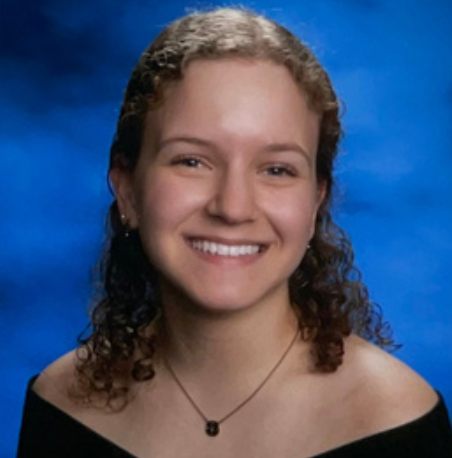Unexpectedly moving from a classroom to a dorm building wasn’t easy for Mazzy Patella, a senior studio art major.
She said there was a disconnect between students, since the department had a pod system for their classes except for critique times.
Patella said there were four dorm rooms per class and the students in each pod didn’t interact with their classmates unless they walked into another dorm room.
The App State Department of Art has been in Wey Hall since its construction in 1976. The building hadn’t been renovated until January 2024, and after safety concerns were brought forward by students and a faculty member, the art department moved classes and offices to East Hall.
“It was like, all 15 of us circled around together crowded in one dorm room,” said Jasper Gonzalez, a junior studio art major. “We were shoulder to shoulder and it was kind of hot and I just remember being like, ‘This is kind of funny.’”
The re-opening of Wey Hall brings the department back to its permanent home. The renovations will “offer modernized spaces for both teaching and engaging in art and design,” according to App State’s website.
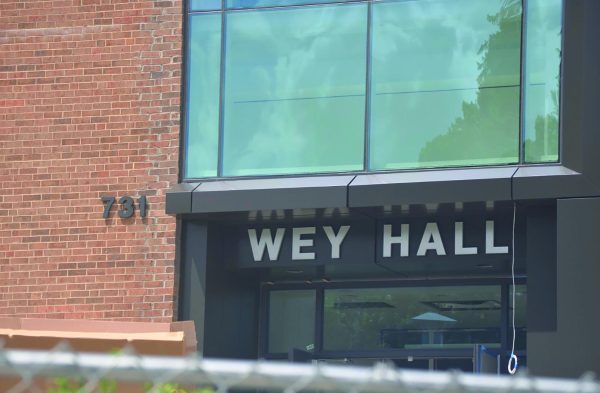
The first floor will house a sculpture, metals and ceramics studio, with a covered outdoor kiln area, space for enameling, a spray booth and other larger work spaces. The first floor will also have a wood shop, department chair office and the Cathy P. Walling Student Art Gallery, “the first dedicated student exhibition space in the art program’s history,” according to AppalachianToday.
The second floor focuses mainly on art education, fibers and printmaking, featuring a darkroom and critique space.
Patella said an important aspect of art is photographing the final product.
“It’s documentation, and also just when you have a finished piece, looking at it on a white wall with good lighting is completely different,” Patella said.
The third floor has a graphic design studio, painting and drawing studios, as well as a Synergy print and fabrication lab and another critique space.
Another opportunity for art students is the Penland School of Craft program, run by IlaSahai Prouty, an associate professor of studio art. The program is semester-long at the Penland School of Craft in Spruce Pine, North Carolina, where students study immersively in their field and take cross-disciplinary seminars.
Jamie Mallin, a senior studio art major, participated in the Penland program with a focus on fibers. He said the program consists of a two week travel course where students meet professional artists and see how they work and then a period of study on Penland’s campus.
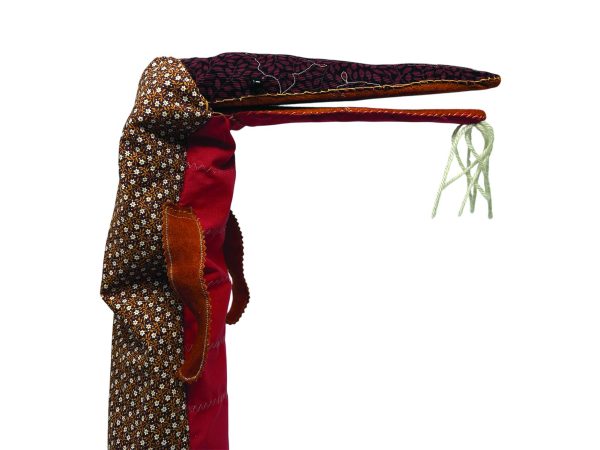
“There was an option when I was there to do a work study, so I was working in the dish room, doing dishes, and then I would go sew for a couple hours,” Mallin said. “It’s an intensive focus on learning craft and learning through just experimentation.”
A self-proclaimed perpetual optimist, Mallin said he figured the move from Wey Hall to East Hall was more “quirky” than anything else. He attributed the success of the art department during its time in East Hall to the dedication of the faculty and staff.
“Everybody is coming to work every day with the intent of letting their students get the most out of it that they can, so I’ve just been so grateful for my faculty,” Mallin said. “The move in, while that seems like the end to me, especially because of just time wise it’s the end, like this is my last semester, but this seems like the closing of a hectic chapter.”
Callum Conklin, a May 2025 graduate with a bachelor’s degree in both geology and studio art with a concentration in ceramics, found that they benefited from their geology education in their pursuit of ceramic creation.
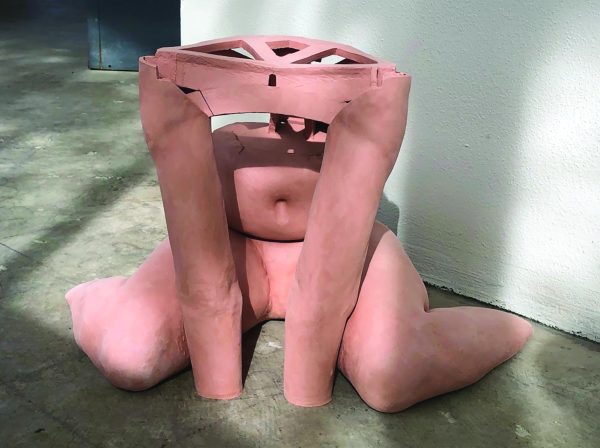
“Ceramics is geology, right? Clay is dirt,” Conklin said. “We study clay in geology class and sedimentology and stratigraphy. There’s another class that’s about the thermodynamics of mineral formation, which is heat and pressure and how that changes the chemical bonds, and that is the same thing as cooking clay in a kiln.”
Conklin said their art acts as a healing process, and they believe good art makes people ask questions. They see their art functioning within a climate where politics and art are inextricably linked.
“You can think that you’re making non-political art but it doesn’t matter what you make, it matters what the politics are, and there is a long running history of fascism as an anti- art movement and an art controlling movement,” Conklin said. “We have art history classes that focus on degenerate art, which is what Hitler called any art about queerness, about any sort of class disruption, any art about people of color.”
Mallin said they found their art’s connection with the world when they were at Penland, where, among unrest and residual issues, they resorted to having fun with art.
Mallin said “playing” is important to what art is and should be.
“Not just play instead of working, but play as active protest of work or as protest of oppression or things, just having a good time purposefully, and understanding that humanity and the arts are tied together into that is the whole point.”

